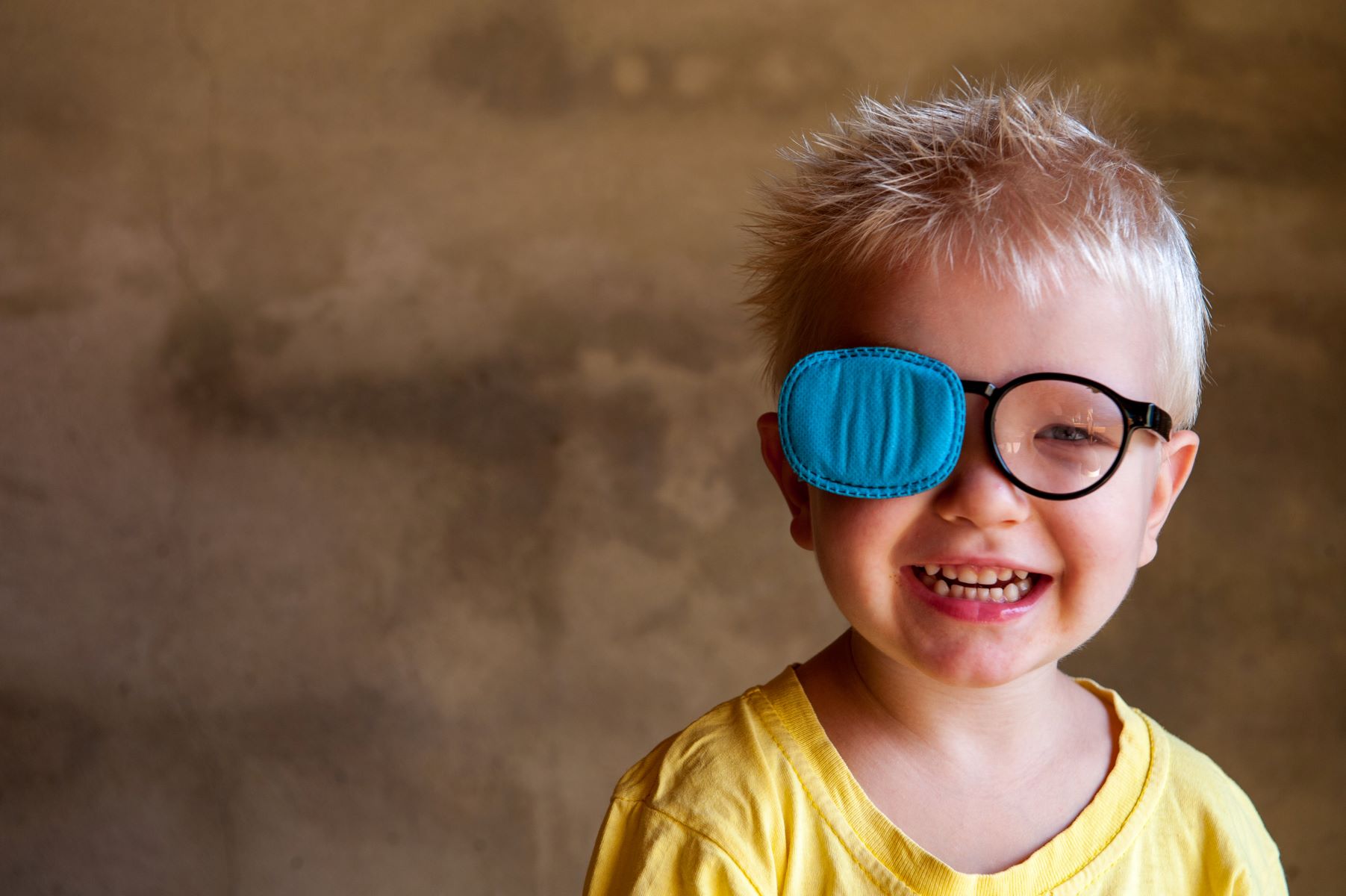
Amblyopia, often known as "lazy eye," is a condition where one eye doesn't develop proper vision, even though there's no obvious damage or abnormality. This visual impairment typically starts in childhood and can persist into adulthood if not treated early. Did you know that amblyopia is the most common cause of vision problems in children? It affects about 2-3% of kids worldwide. Early detection and treatment are crucial for improving vision. But what exactly causes amblyopia? Factors like strabismus (misaligned eyes), significant differences in prescription between the two eyes, or deprivation from cataracts can lead to this condition. Want to learn more? Here are 50 facts about amblyopia that will help you understand this condition better and how it can be managed.
What is Amblyopia?
Amblyopia, often called "lazy eye," is a vision development disorder where an eye fails to achieve normal visual acuity. This condition usually starts in childhood. Let's dive into some fascinating facts about amblyopia.
- Amblyopia affects about 2-3% of children.
- It is the most common cause of vision impairment in children.
- The condition can develop in one or both eyes.
- Early detection and treatment are crucial for effective management.
- Amblyopia can lead to permanent vision loss if untreated.
Causes of Amblyopia
Understanding the causes of amblyopia can help in early diagnosis and treatment. Here are some common causes:
- Strabismus, or misalignment of the eyes, is a leading cause.
- Refractive errors, like nearsightedness or farsightedness, can contribute.
- Cataracts in children can also lead to amblyopia.
- Ptosis, or drooping of the eyelid, may obstruct vision and cause amblyopia.
- Anisometropia, where each eye has a different refractive power, is another cause.
Symptoms of Amblyopia
Recognizing the symptoms early can make a significant difference in treatment outcomes. Here are some signs to watch for:
- Poor depth perception is a common symptom.
- Squinting or shutting one eye can indicate amblyopia.
- Frequent eye rubbing may be a sign.
- Head tilting to see better is another symptom.
- Difficulty with reading or schoolwork can also be a clue.
Diagnosis of Amblyopia
Accurate diagnosis is essential for effective treatment. Here’s how amblyopia is diagnosed:
- Comprehensive eye exams are the first step.
- Visual acuity tests help measure how well each eye sees.
- Cover tests can detect misalignment of the eyes.
- Refraction tests determine the need for glasses.
- Eye health exams check for underlying conditions like cataracts.
Treatment Options for Amblyopia
Various treatment options are available to manage amblyopia effectively. Here are some common methods:
- Corrective glasses or contact lenses can help.
- Eye patches are often used to strengthen the weaker eye.
- Atropine drops can blur vision in the stronger eye, forcing the weaker one to work harder.
- Vision therapy exercises can improve eye coordination.
- Surgery may be necessary for conditions like cataracts or ptosis.
Long-term Effects of Amblyopia
Understanding the long-term effects can help in managing expectations and outcomes. Here are some potential long-term effects:
- Untreated amblyopia can lead to permanent vision loss.
- Depth perception issues may persist.
- Difficulty with sports or activities requiring good vision.
- Increased risk of vision loss in the stronger eye due to injury or disease.
- Social and academic challenges due to vision impairment.
Prevention of Amblyopia
Prevention is always better than cure. Here are some ways to prevent amblyopia:
- Regular eye exams for children can catch issues early.
- Treating underlying conditions like strabismus or cataracts promptly.
- Ensuring children wear prescribed glasses or contact lenses.
- Encouraging activities that promote good eye health.
- Educating parents about the importance of eye health.
Interesting Facts About Amblyopia
Here are some intriguing facts that might surprise you:
- Amblyopia can run in families.
- It is more common in premature babies.
- Boys and girls are equally affected.
- The condition can develop even if the eyes appear normal.
- Some adults can also benefit from treatment, though it's less effective than in children.
Myths About Amblyopia
There are many myths surrounding amblyopia. Let’s clear up some misconceptions:
- Myth: Amblyopia always causes visible eye misalignment.
- Myth: Only children can have amblyopia.
- Myth: Amblyopia will go away on its own.
- Myth: Eye patches are the only treatment.
- Myth: Amblyopia is not serious if only one eye is affected.
Famous People with Amblyopia
Even some well-known individuals have dealt with amblyopia. Here are a few:
- Actor Denzel Washington has amblyopia.
- Tennis player Martina Navratilova also has the condition.
- Former U.S. President Theodore Roosevelt had amblyopia.
- Actor Russell Crowe has been open about his amblyopia.
- Olympic swimmer Michael Phelps has amblyopia.
Understanding Amblyopia
Amblyopia, or "lazy eye," affects many people worldwide. Early detection is crucial for effective treatment. Common treatments include corrective glasses, eye patches, and vision therapy. Ignoring amblyopia can lead to permanent vision problems. Regular eye exams help catch it early, especially in children.
Parents should watch for signs like squinting or tilting the head. Schools can also play a role by conducting vision screenings. Technology has improved treatment options, making them more accessible and effective.
Remember, amblyopia isn't just a childhood issue; adults can have it too. Awareness and education are key to managing this condition. By staying informed, you can help yourself or loved ones maintain better eye health.
So, keep an eye on your vision health and don't hesitate to seek professional advice if you notice any issues. Early action makes a big difference.
Was this page helpful?
Our commitment to delivering trustworthy and engaging content is at the heart of what we do. Each fact on our site is contributed by real users like you, bringing a wealth of diverse insights and information. To ensure the highest standards of accuracy and reliability, our dedicated editors meticulously review each submission. This process guarantees that the facts we share are not only fascinating but also credible. Trust in our commitment to quality and authenticity as you explore and learn with us.


